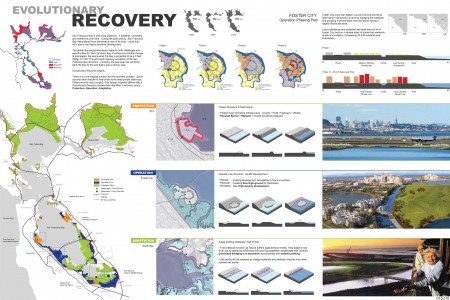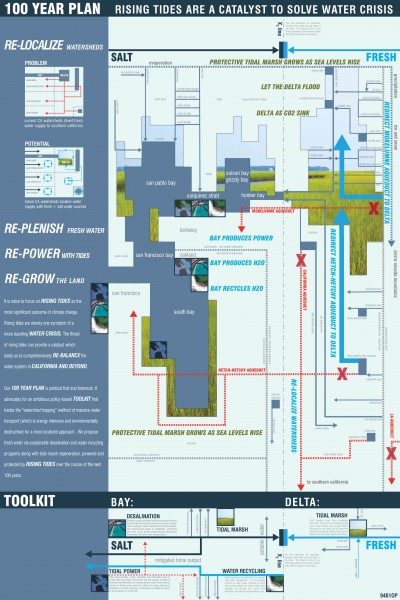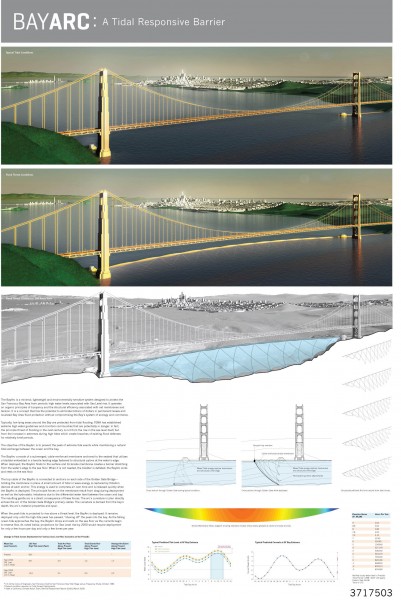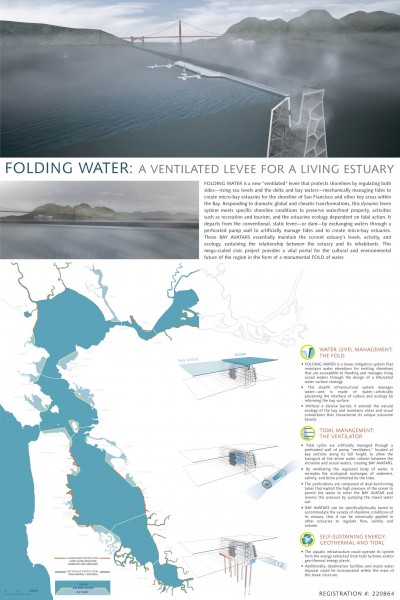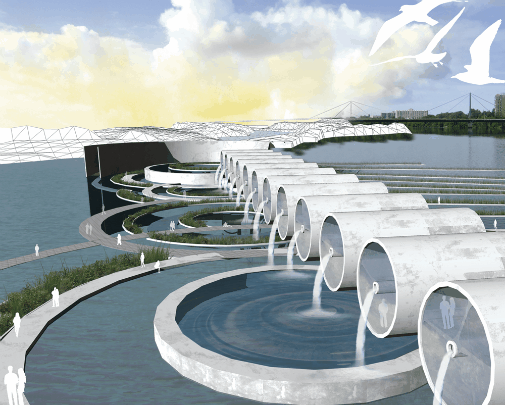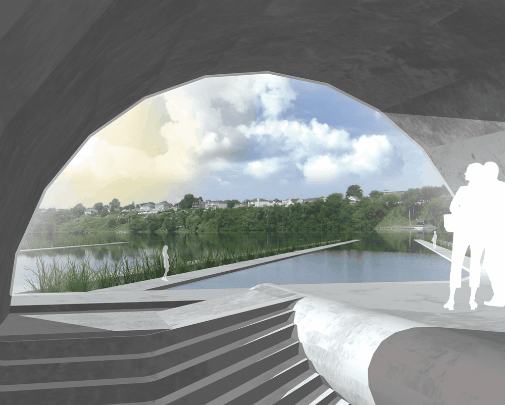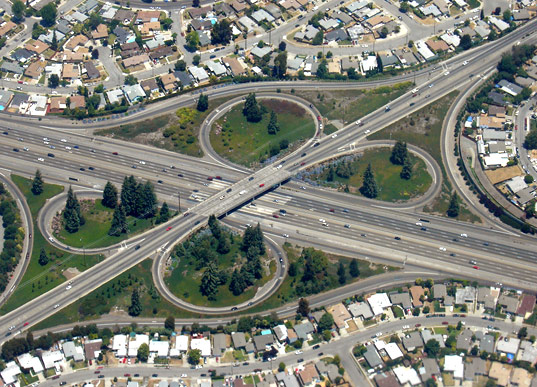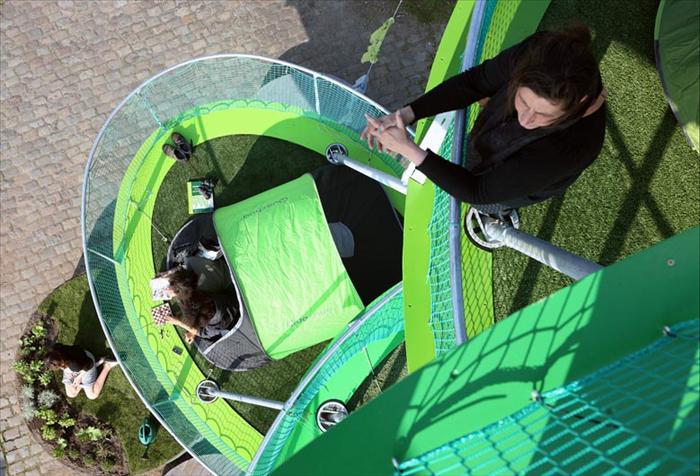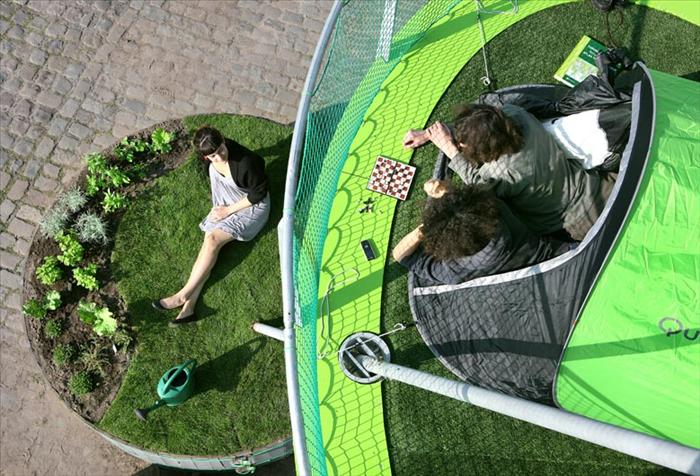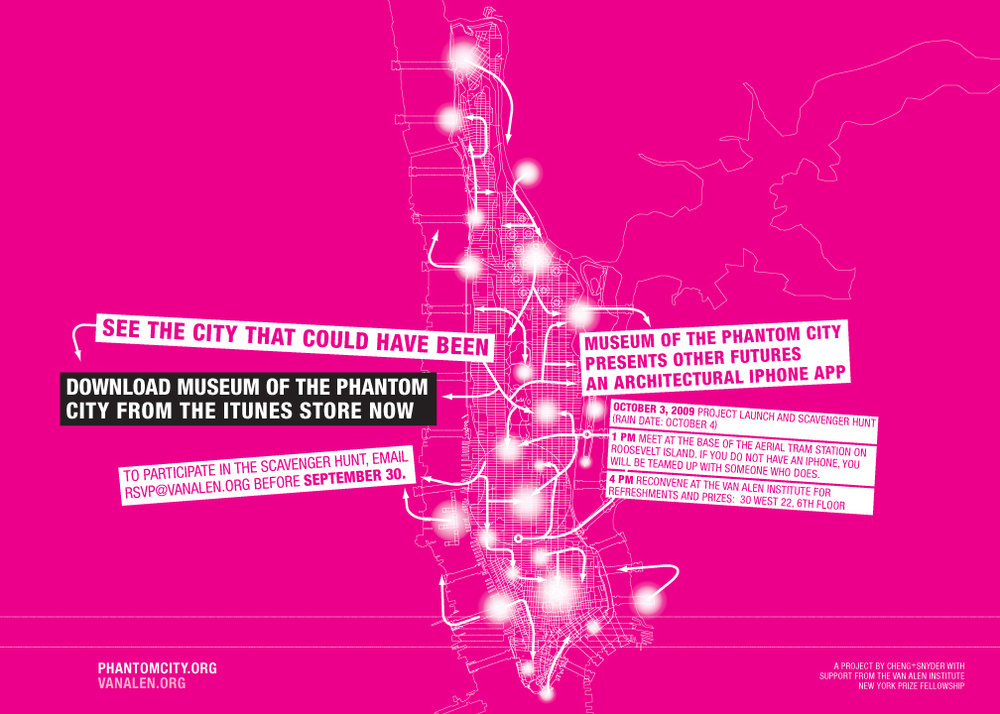
Hi folks, been wanting to post for a while but a move and a drive across country (twice mind you) in the last month has rendered me temporarily indisposed, but, trying to get back in the swing of things and continue the brilliance that is Design Under Sky (kidding).
I've thought a lot about the limits of the reach of the Landscape Architecture profession over the past few years, especially now as I see so many around me faced with few job options in our chosen field. My own frustrations have led me to ponder where can we go here? What else can and should we be learning and doing as spatial creatives.
I mean for this to be a mild critique on the profession, but more so as an open discussion (as it should be) on other's thoughts on how we can broaden our reach and become a more valuable commodity (or should we?). Why I personally chose LA (Landscape Architecture) was not because I gave two shits about what kind of bushes my neighbor had in their front yard, but saw the harmonizing integration of man and nature (for lack of a better term) as essential to our existence. While the Hargreaves, Van Valkenburghs, and Ken Smith's get to work on projects that deal with large scale ecological integration and people-oriented design, the quintessential projects of what you would envision a LA doing, the lion's share of LA's are working on less glamorous, small budget, and let's face it, to the low-budget clients, less needed projects.
In my own professional career I've heard the phrase all too often "we don't do that." We don't design our furniture, artwork, and all encompassing outdoor elements. We leave it up to specs, we're always specifying some one else to do what we could be doing. We don't do that, the engineer handles that, the artist will do that, there's too much reliability, etc. And I use to attribute it to time constraints, there was simply not enough time for an LA firm to handle all the design nuances of a project. Well, I always felt that statement to be a bit of a cop out, and because we got way off track placing trees in dinosaur "everywhere USA" retail center parking lots instead of progressing many our own are finding themselves with nothing to do.
Solutions? What are other areas LA's could and should be branching out? One particular area that we've discussed in previous posts is Interaction Design. Personally I think this is a no brainer and that schools should immediately begin to incorporate into LA curriculum.
If unfamiliar, Interaction Design is the the integration of technology and human interaction. For architectural use we are seeing ubiquitous computing concepts, in which technology is integrated into everyday physical objects where people can knowingly and unknowingly interact with their environments.
To me this is an extremely exciting area which I've seen architects experimenting with but little on the landscape front. The possibilities are quite endless, and awesome. For example, think instead of out of date physical educational nodes you see scattered through out a park, the one's I can envision my grandma reading but few else, with a brief paragraph about a native butterfly or something, seriously, in the grand scheme, who cares, a waste of money.
With technology integration however, we can vastly change the human experience by creating interactive spaces. Think bottom up user generated information and activity. Instead, of one visitor walking through a space and reading a physical node, a device is placed in the environment which interacts with a mobile device which provides information about the area. An example, through a web-based hub, every tree type in a park is user-tagged and mapped allowing the visitor to instantly view and see the arboreal make up of the area. A mobile app which allows x-ray vision through the core of trees will show the health and interworkings of the tree itself.
These types of examples can reach a far range of possibilities strewn about both the urban and natural environments, they can be educational, environmental, utilitarian, or simple just engaging to the user. We've discussed several other examples here and here, many stemming from Greg J. Smith, author of Serial Consign and co-author of Vague Terrain to which we're big fan's.
Recently I found an iphone app entitled Phantom City, which let's you view visionary designs for the City of New York created by artists and architects over the last century. The app allows you to walk through the city and compare reality to what might of been and provide your own opinion through the "Rate this Future" function.
This type of project provides urban architectural learning, conceptual thinking, and social interaction. All of which have potential interactive revenue sources for its developers. It is something new to consider as we hope to progress the landscape architecture profession beyond plants and pavers.
Here are some of the other related posts we've covered at DUS:
+ WE are the Guardians of the Public Infrastructure
+ Fieldwork | Mobile Tree Identification
+ Landscape Architecture and Environment Gauging Mobile Technologies
I'm curious as to what other LA's feel about this? What are some other areas we need to develop or gain greater expertise? Is this pie in the sky nonsense? Should we even try to broaden or improve our focus? Are their ways that we can create alternative revenue sources for our clients?
Need and want your thoughts and ideas. I'll also be covering more in regard to landscape innovation.

